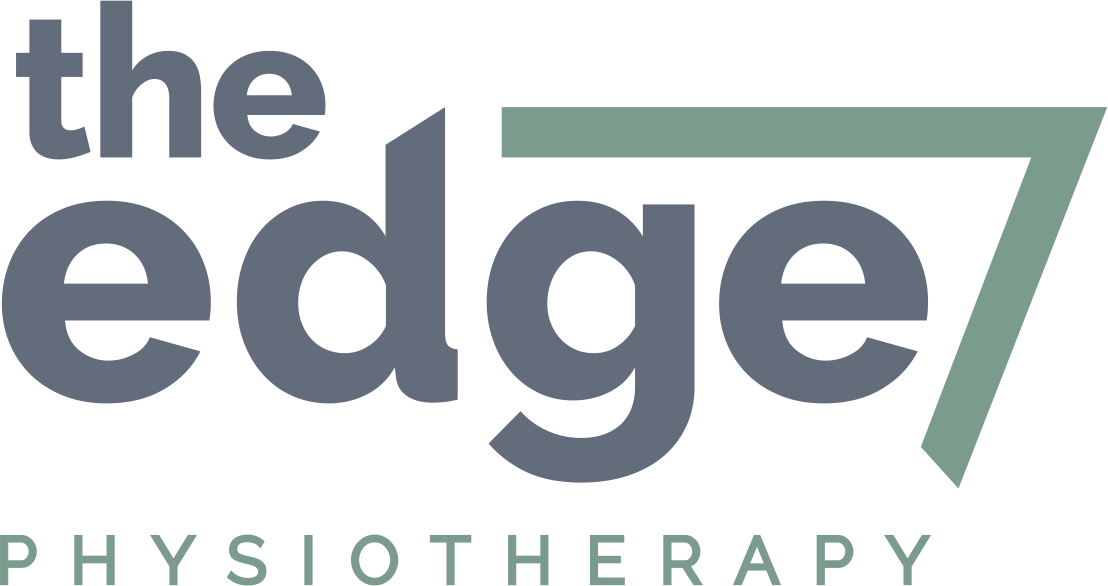Stress reactions in bone…how much physical activity do my kids need to do?
Climbing is a wonderful sport for kids
It is important to be active, we are all aware of just how important especially in that it impacts on quality of life, morbidity and disease. For children though, how much is too much or not enough? The Department of Health and Aged Care recommends that children between the ages of 5-17yrs of age engage in moderate to vigorous activity (aerobic) 60mins everyday and muscle strengthening activities 3 days a week. Now you may have a child that doesn’t do anywhere near that volume of activity.. But on the flip side, what happens when children do too much?
We know that children, especially from what I’ve seen here in the Southern Highlands, are frequently involved in organised sport from very young ages. This includes out of school and school based sports. With this well documented increase in participation, increased specialisation (before the ages of 12yrs) and year-round activities we have also seen a rise in the incidence of overuse injuries which include stress reactions and stress fractures. Stress reactions in bone are the most common conditions I see in children who have ongoing symptoms. Meaning, symptoms that don’t resolve within an expected timeframe. These include but aren’t limited to pars defects in the spine, stress fractures in the feet and tibia/fibula, and neck of the femur.
Why do stress reactions occur in children? well, it is variable depending on the child, sometimes there is a congenital element, but almost always in every case it has to do with load management. I touched on this in my previous post about bone density in children, but in a nutshell, children have different tissue to us, their bones especially are constantly changing with growth and respond very differently to load. As such, we cannot expect a child’s body to behave the same as an adults, especially when it comes to sport.
So what do I mean by load issues? in very active children, I mean how much time a child spends in organised sport. With excessive load found in high load bearing activities like running, the ground force reaction from the ground is transferred to the bone and the bone can react positively by encouraging growth but can also react badly by inhibiting growth at the growth plates and subsequently fuse or create a stress reaction at the site = pain and dysfunction.
So what is a good and healthy amount of time spent playing sport in an active child? If you do a quick google search (to the right sources) you’ll find that the Australian Sports Commission defers to The Australian Sports Medicine Collaborative (ASMC) who stipulates that a young athlete (18 and under) should not engage in organised sport exceeding their age per week. Eg, if the athlete is 10 years old, then 10hrs of organised sport per week is the maximum recommended. In addition, we limit the total sport played (training and competition) to no more than 16hrs a week, while also making sure that the ratio of time spent in organised sport to those spent in free play don’t exceed 2:1. For more info see the position statement. Please keep in mind that not all sports are equal in load, and we have to adjust these recommendations based on sports specific guidelines.
Why do we do this? coming back to what I said before, it is about how much a child’s body can cope with load. And by reducing the risk of load injuries we are taking care of our young athletes the best way we know how as parents and health practitioners. In terms of early specialisation, harms associated with overload include:
burnout and sports cessation
lack of enjoyment in the sport
‘Psychological needs’ dissatisfaction which is a precursor for mental illness
So what should you take home from this post? that sport and activity is beneficial for children and recommended. Having said that, we need to monitor how much our children engage in organised sport especially, and give allowances for their tissue tolerance so we can keep the fun.
If you have further questions regarding this post or would like your child assessed please get in touch.
Sam

